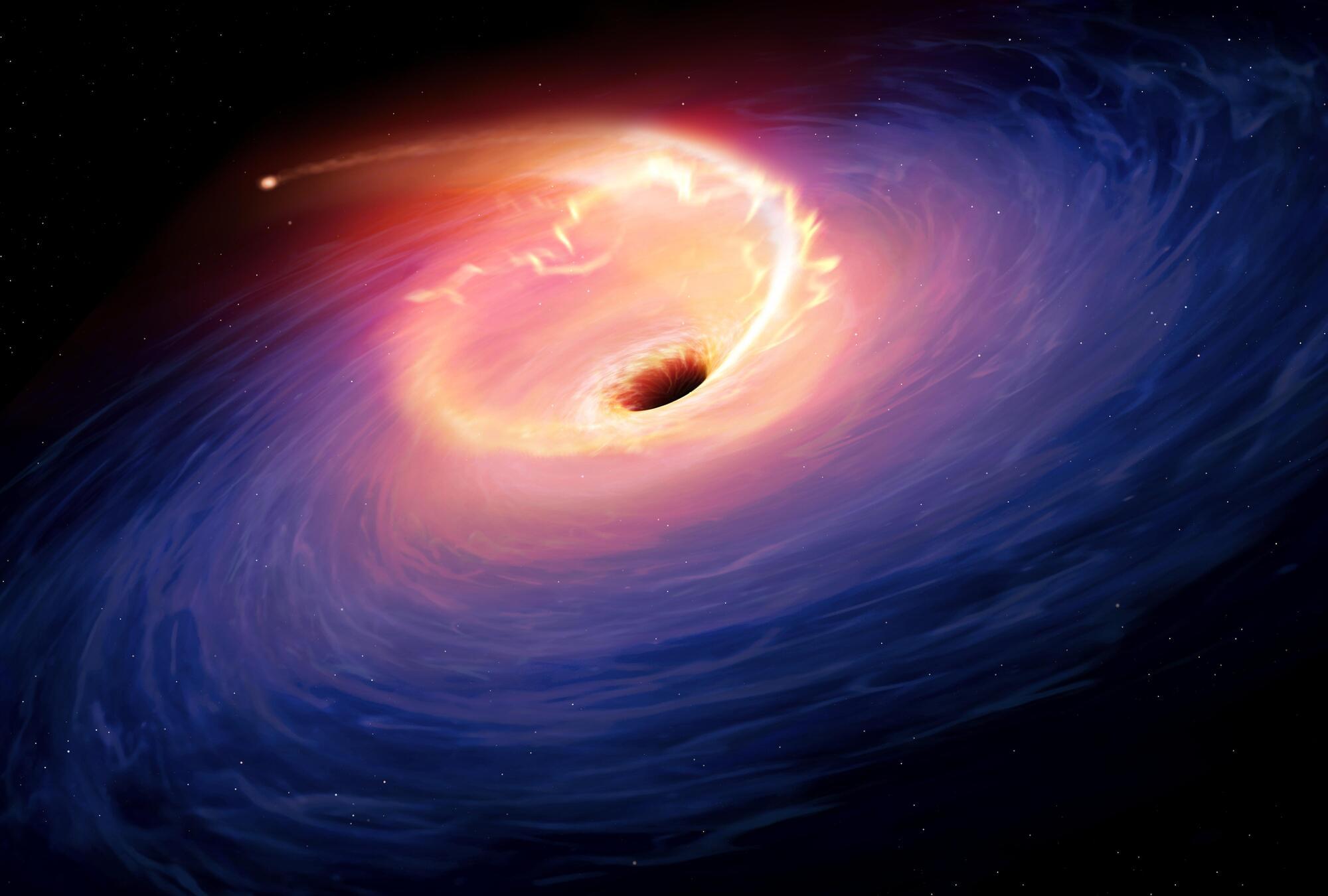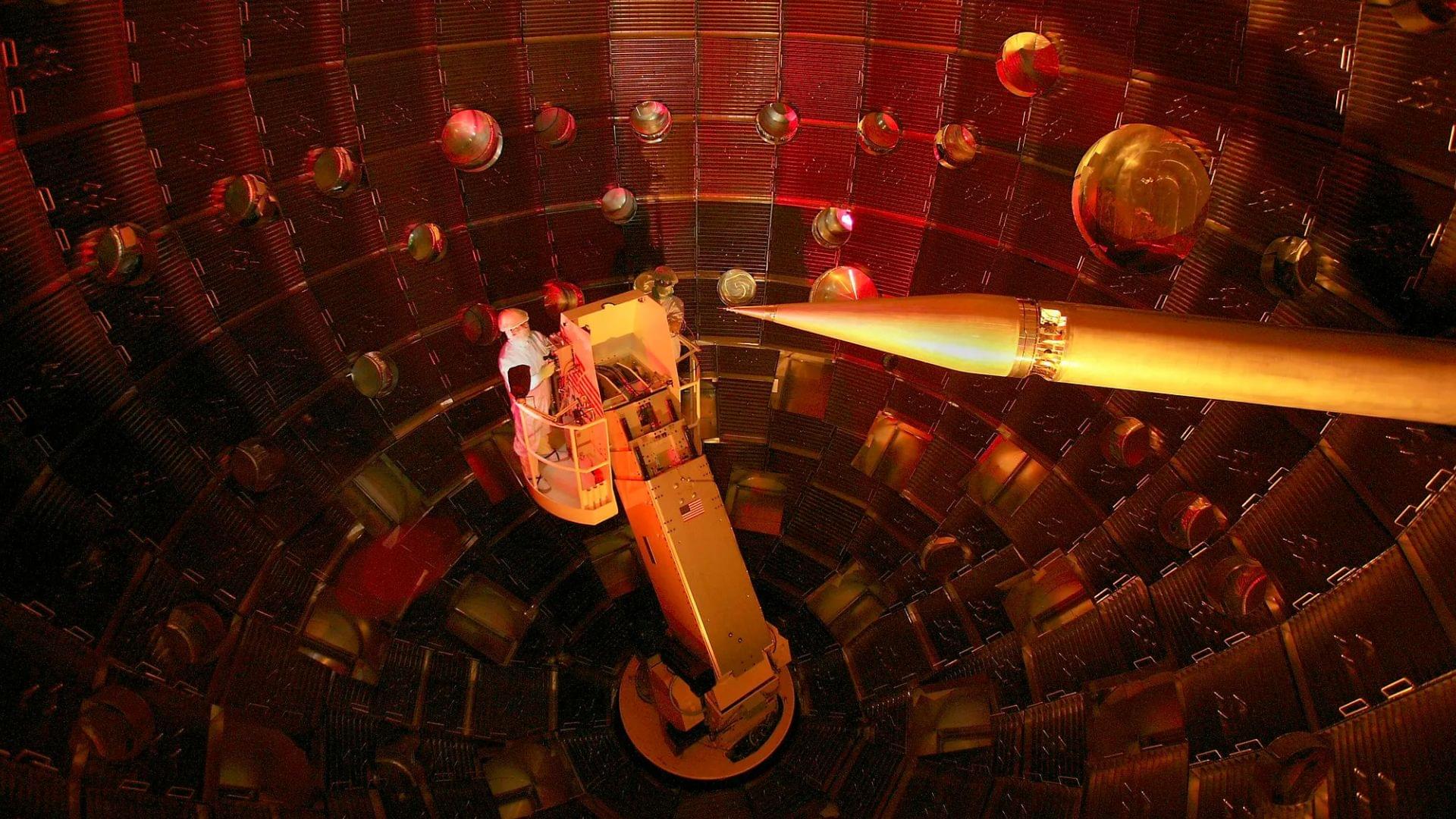DESI’s sky map suggests black holes create dark energy using the ash of dead stars.
A new set of data strengthens the case that dark energy’s influence on the universe—long believed to be constant—is actually changing over cosmic time.


UK’s new defense system can hit tennis-ball-sized objects traveling at Mach 2 speed.
The U.K. has made a significant effort to upgrade its missile defense power. The country is buying six new Land Ceptor air defense missile systems to bolster national security and defence.
Named Sky Sabre, the system delivers higher accuracy at the time of combat. It’a capable of hitting a tennis-ball sized object travelling twice the speed of sound.
The sophisticated system can also simultaneously control the flight of 24 missiles, guiding them each to intercept separate targets at once.
China’s military data link could offer faster coordination during hypersonic attacks.
Chinese researchers explain that traditional tactical data links rely on round-trip time (RTT) for synchronization, which works for low-speed aircraft. Systems like NATO’s Link-16 achieve roughly 100-nanosecond accuracy under these conditions.
However, in hypersonic cooperative strike systems operating above Mach 5, the rapid relative motion between widely dispersed platforms creates asymmetric transmission paths, severely reducing the precision of conventional RTT algorithms. This highlights the need for new communication technologies capable of maintaining ultra-precise timing at extreme speeds.

China’s Huawei unveils world’s first 100MW charging hub to power 700 electric trucks daily.
Built with Huawei’s Megawatt Supercharging technology, this massive facility serves over 700 trucks daily.




Many groups of scientists studying jets at RHIC have focused on a phenomenon known as jet quenching, an apparent suppression of energetic jets emerging from the QGP. The idea is that jets are losing energy through their interactions with the QGP.
RHIC’s measurements of jet quenching to date have focused primarily on the most energetic, leading jet particles, because they are straightforward to measure. However, such leading particles provide only limited insight into the process. The new results from STAR reconstruct a wider correlated spray of particles making up the jets, revealing much more detail about how the QGP is “excited” and responds to the jet — and where the “lost” energy goes.
The new analysis, for the first time, included the reconstruction of jets produced back-to-back with photons.
Also known as “red sprites”, this phenomenon is rarely seen from Earth.